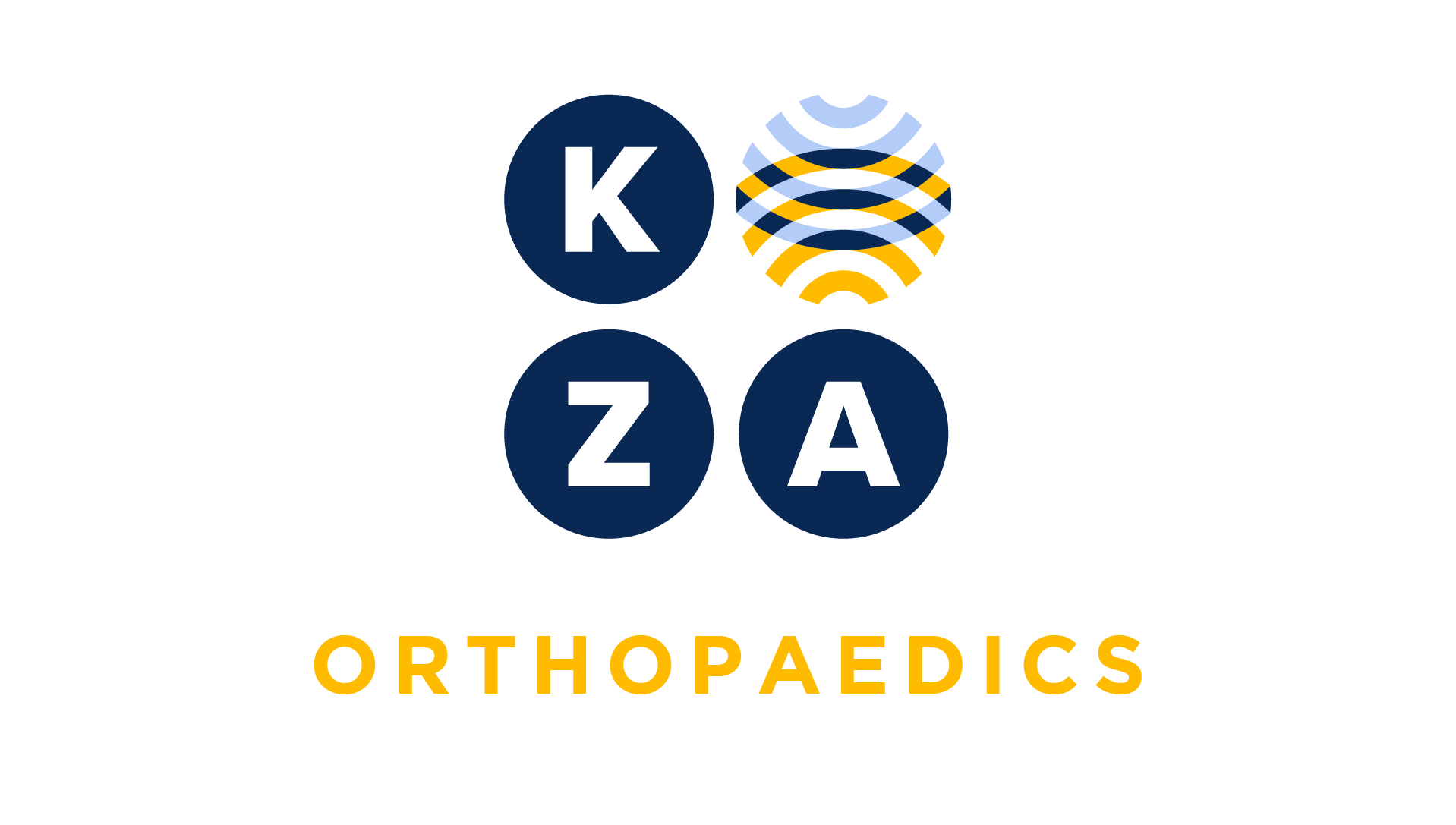
Choose your specialty from the list below to see how our experts have tackled a wide range of client questions.
Looking for something specific? Utilize our search feature by typing in a key word!
2021 Evaluation and Management Codes: Is a History and Exam Required?
After a recent audit and review with my physicians, they are telling me that they do not need to document a history and/or exam any more for the new and established patients. That is not my understanding.
Question:
After a recent audit and review with my physicians, they are telling me that they do not need to document a history and/or exam any more for the new and established patients. That is not my understanding.
Answer:
You are wise to ask because that’s not exactly true; we hear it not infrequently. It is correct that the History or Exam will no longer be used to select a new patient (9920x) or established patient (9921x) visit code. However, it is expected that the physician/provider will document a “medically appropriate” (per CPT™) history and exam for each encounter.
In Orthopaedics, we find the History section to provide important information that assists with the Data Element sections in the MDM table. Items such as the location, duration of the problem, past treatments such as injections, documentation that external X-Rays were brought with the patient are helpful in determining the level of risk in addition to the remainder of the note.
Excisional Debridement Two Fractures:
Our surgeon treated a patient who presented with an open fracture of the distal tibia and fibula. The surgeon performed an excisional debridement down to and including the bone removing devitalized tissue and gravel and other debris that imbedded into the open fracture site. Is CPT code 11012 reported twice for debridement of the tibia and fibula?
Question:
Our surgeon treated a patient who presented with an open fracture of the distal tibia and fibula. The surgeon performed an excisional debridement down to and including the bone removing devitalized tissue and gravel and other debris that imbedded into the open fracture site. Is CPT code 11012 reported twice for debridement of the tibia and fibula?
Answer:
Thank you for your inquiry. As you describe the work performed, the excisional debridement of both bones was performed through the same open wound. Report CPT Code 11012 with 1 unit to represent debridement “at the site” of the open fracture. CPT code 11012 reads, “Debridement including removal of foreign material at the site of an open fracture and/or an open dislocation (eg, excisional debridement); skin, subcutaneous tissue, muscle fascia, muscle, and bone.”
2021 E/M Guidelines and Consultation Codes
I am new to an Orthopaedic practice where the coders do all the coding. The current coding staff is applying the 2021 E&M Guidelines to all encounters in the office; new, established and consultations (where the payors still recognize consultations). Is this correct? We did not do that in my former practice. I want KZA’s opinion before I bring this to the manager.
Question:
I am new to an Orthopaedic practice where the coders do all the coding. The current coding staff is applying the 2021 E&M Guidelines to all encounters in the office; new, established and consultations (where the payors still recognize consultations). Is this correct? We did not do that in my former practice. I want KZA’s opinion before I bring this to the manager.
Answer:
Thanks for contacting KZA and we appreciate your support of our consultant’s expertise in Orthopaedic coding. You are correct to question this and hope this answer is timely for you to take to your manager. Today, in 2022, the 2021 E/M guidelines are for office/outpatient visit codes only (99202-99215). Consultation services or any other E&M service that does not meet the new/established patient definition will be coded with the 1995/1997 guidelines.
Congratulations on your new job—they will appreciate having you on board.
E&M Coding Based on Time
Our surgeon saw a new patient in the office yesterday. His documentation supported reporting the E&M using time instead of based upon MDM. My question is about the time calculation. Today, he reviewed an MRI that the patient brought in this morning and he wants to add that time to his total time from yesterday, the date the patient was seen. The reportable E&M would change from 99204 to 99205 if he is able to do this. He thinks yes, since it was within 24 hours of his encounter with the patient. Is this acceptable?
Question:
Our surgeon saw a new patient in the office yesterday. His documentation supported reporting the E&M using time instead of based upon MDM. My question is about the time calculation. Today, he reviewed an MRI that the patient brought in this morning and he wants to add that time to his total time from yesterday, the date the patient was seen. The reportable E&M would change from 99204 to 99205 if he is able to do this. He thinks yes, since it was within 24 hours of his encounter with the patient. Is this acceptable?
Answer:
Thank you for asking. This question is more common than you may think.
When coding by time, only the time spent on the actual date of the encounter is applicable. This work the next day may not contribute to the overall total time; any records reviewed prior to the date of the encounter for efficiency purposes or preparation for the day also may not count toward total time on the actual date of service.
Two Orthopaedic Surgeons, Two Separate Surgeries
A patient sustained an ankle fracture and a shoulder fracture and surgery was performed on same day by two different surgeons (partners) during the same surgical session. Dr. “A” performed the ORIF of the shoulder fracture and Dr. “B” performed the ORIF of the ankle fracture.
Question:
A patient sustained an ankle fracture and a shoulder fracture and surgery was performed on same day by two different surgeons (partners) during the same surgical session. Dr. “A” performed the ORIF of the shoulder fracture and Dr. “B” performed the ORIF of the ankle fracture.
Would they be considered co-surgeons?
Answer:
No, they are not co-surgeons.
Co-surgery is reported when two surgeons of different specialties are performing distinct, separate parts of surgical procedure defined by a single CPT code. The most common in Orthopaedics is in spine, where the vascular surgeon will do the approach to the anterior spine for an anterior spinal fusion and the orthopaedic surgeon will perform the fusion; the vascular surgeon may or may not return for the closure.
In your scenario both surgeons functioned independently doing their own surgical procedures. They will document their own surgical procedure and bill for the procedure they performed; they may mention that the other surgeon was simultaneously performing the other surgery but will not document anything about the other surgeon’s procedure.
You will not use any surgeon modifiers on either case. There is no overlap with the 2 surgical procedures so we would not expect the “XP” modifier be required. The XP modifier is defined as “Separate Practitioner, a service that is distinct because it was performed by a different practitioner” would be required. These procedures, by nature are separate and distinct.”
New vs Established Patient
I am a contracted physician with a group practice (Practice A) in our town. I have an opportunity to contract with another practice (Practice B) not in the same town, but near enough that my patients could see me in either location. My question has to do with the definition of new and established patients. If I see a patient in Practice A and that patient sees me in Practice B, is that the encounter in Practice B a new patient encounter?
Question:
I am a contracted physician with a group practice (Practice A) in our town. I have an opportunity to contract with another practice (Practice B) not in the same town, but near enough that my patients could see me in either location. My question has to do with the definition of new and established patients. If I see a patient in Practice A and that patient sees me in Practice B, is that the encounter in Practice B a new patient encounter?
Answer:
Thanks for your inquiry and this question is one that is sometimes confusing or where the new practice may not like to hear the answer.
Assuming the patient from Practice A sees you in Practice B within three years of the encounter in Practice A, it is an established patient encounter for you. The same holds true if you first see the patient in Practice B and the patient follows up with you in Practice A within the three year period.
In the June 1999 edition of CPT Assistant (Q&A included below), the AMA also extended the limitation to partners in practice A, meaning if the patient saw you or a partner in Practice A, and saw you in practice B within a three year period, the patient would be established to you, even in a different group.
“Changing Group Practices
What about the physician who leaves one group practice and joins a different group practice elsewhere in the state? Consider Dr A who leaves his group practice in Frankfort, Illinois and joins a new group practice in Rockford, Illinois. When he provides professional services to patients in the Rockford practice, will he report these patients as new or established?
If Dr A, or another physician of the same specialty in the Rockford practice, has not provided any professional services to that patient within the past three years, then Dr A would consider the patient a new patient. However, if Dr A, or another physician of the same specialty in the Rockford practice, has provided any professional service to that patient within the past three years, the patient would then be considered an established patient to Dr A. Remember, the definitions include professional services rendered by other physicians of the same specialty in the same group practice.”
Something else to consider:
The following comment is not related to your inquiry but one to consider. If a patient from Practice A has a surgical procedure with a 90 day global period, KZA recommends all follow-up care be performed in Practice A, as this practice was reimbursed for the surgical procedure. If the patient is instead seen in follow-up in Practice B during the global period, 99024 must be reported and there is no reimbursement to Practice B to offset expenses for that encounter.

